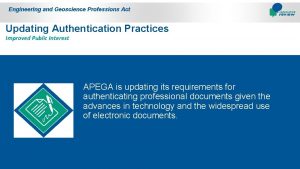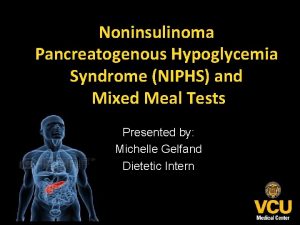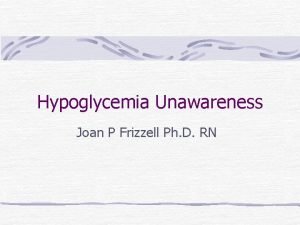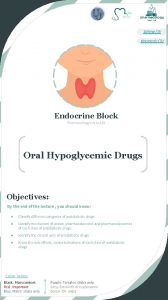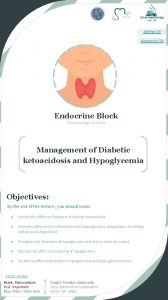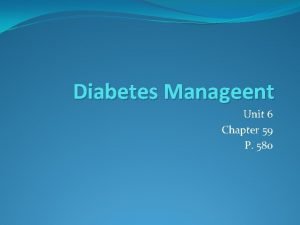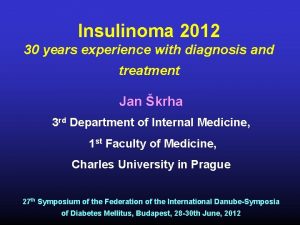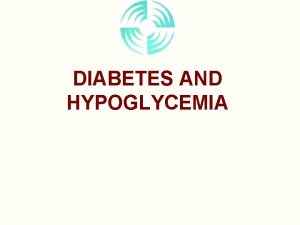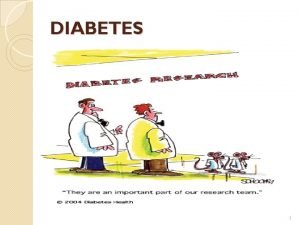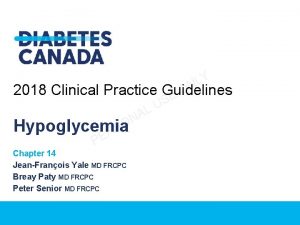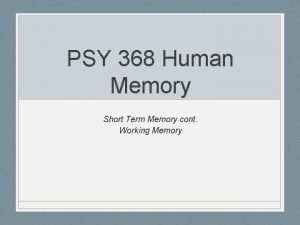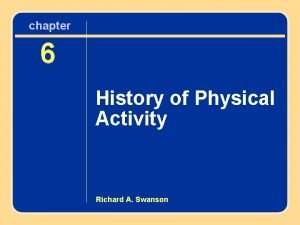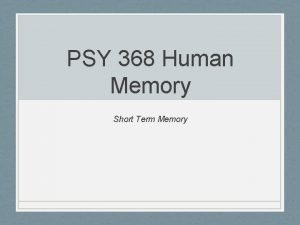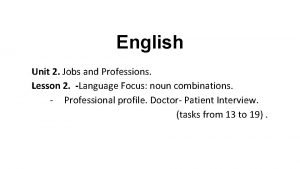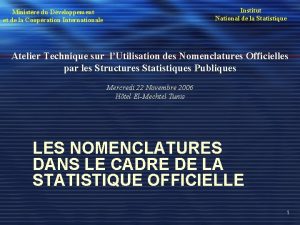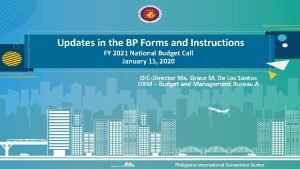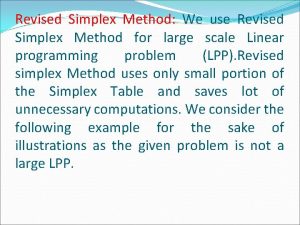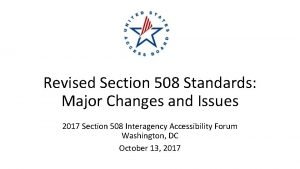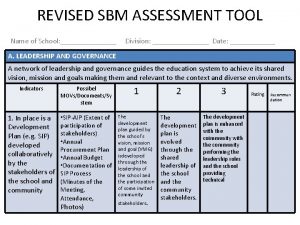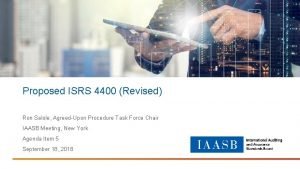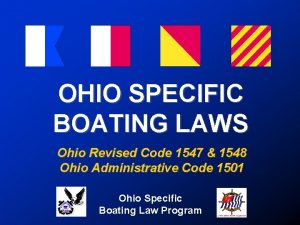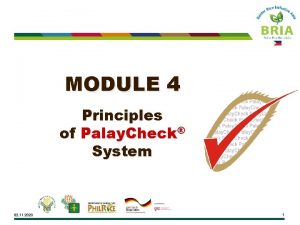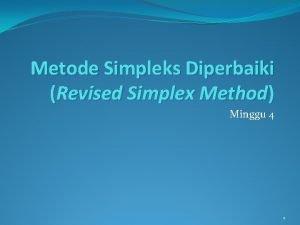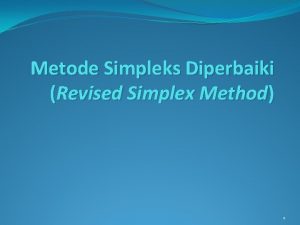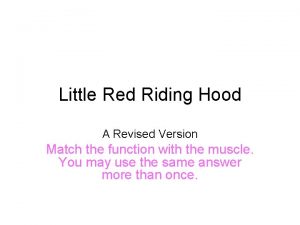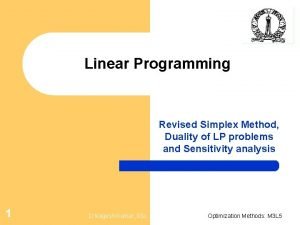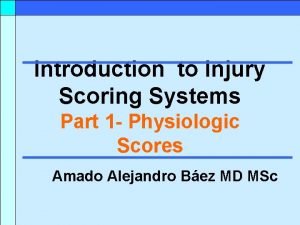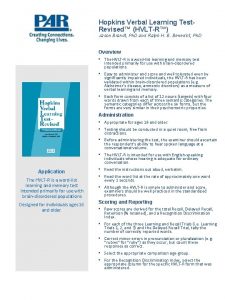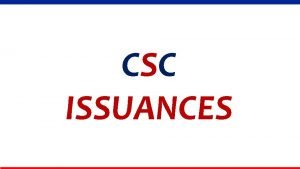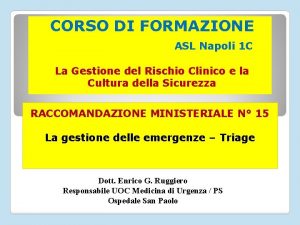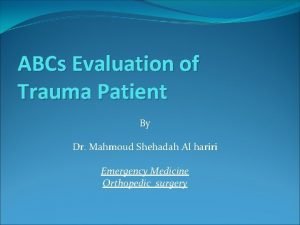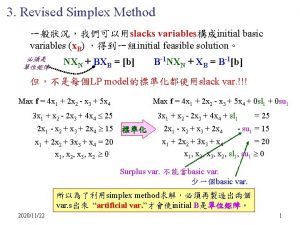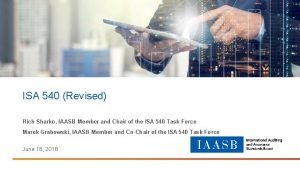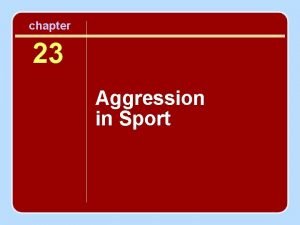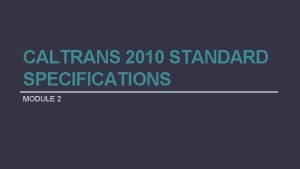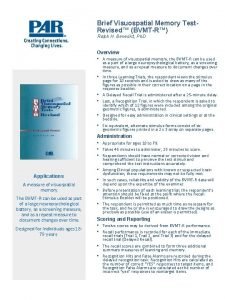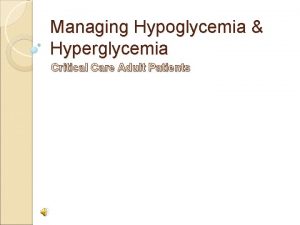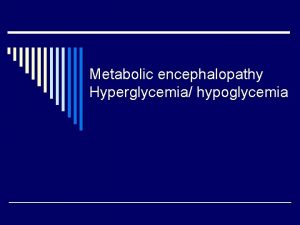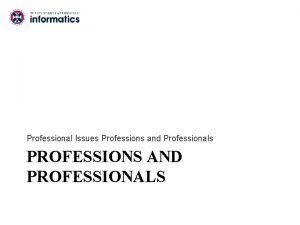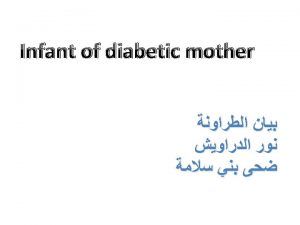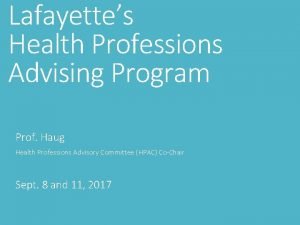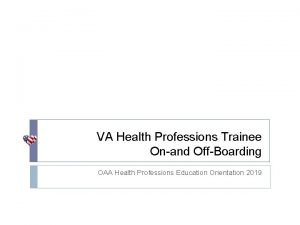n n n Health Professions Act Revised Hypoglycemia























































- Slides: 55

n n n Health Professions Act Revised Hypoglycemia Protocol Insulin Subcutaneous Sliding Scale Anar Dossa BSc. Pharm CDE September 14, 2007

HPA-Health Professions Act What is it? n n Regulatory framework for health professionals Basic requirements for regulating every health profession are similar n n Accountability for standards of practice Quality assurance measurements Rigorous registration process Mechanism to review public concerns

HPA-Health Professions Act Nursing Implications n n Increase in scope of practice for registered nurses effective July 1, 2006 Allows registered nurses to initiate certain patient care activities without a doctor’s order

HPA-RN Scope of Practice WITHIN SCOPE CRNBC CERTIFIED PRACTICE OUT OF SCOPE Nursing practice activities Vital signs Not reserved actions Current Practice Reserved actions Reserved without an order actions with actions for an order CRNBC certified Hypoglycemia: practice initiate IV access & medications Section 8 July 1, 2006 Reserved actions outside scope of practice NP & Section 9 Section 10 Delegated July 1, August Fn 2006 2007 CRNBC Standards, Limits & Conditions crnbc 2006

Controls on Practice CRNBC 2006

Provincial Pilots • VCH: Hypoglycemia, Wound Care, IV, Tylenol, Oxygen, Catheter • IHA: Venipuncture initiation • NHA: Catheter initiation • VIHA: Oxygen initiation • FH Wound Care

Hypoglycemia Protocol n Hypoglycemia is defined as blood sugar less than…

Hypoglycemia Protocol n Risk factors for hypoglycemia n Nutritional status n n n Missed meals, delayed meals Heart failure, renal or liver disease Malignancy Sudden reduction of steroid dose Altered ability of patient to report symptoms Vomiting

Hypoglycemia Protocol n Risk factors for hypoglycemia n n n New NPO status Reduction in IV dextrose Unexpected interruption of feeds/TPN Altered consciousness from anesthesia Advanced age Previous history of severe hypoglycemia

Symptoms n Variable from patient to patient n Assess patient for his/her individual symptoms

Symptoms n n n n Trembling Palpitations Sweating Anxiety Nausea Hunger Tingling Clinical Practice Guidelines Can J Diabetes Dec 03 www. diabetes. ca

Symptoms n n n n n Confusion Difficulty concentrating Weakness Drowsiness Vision changes Difficulty speaking Headache Dizziness Tiredness Clinical Practice Guidelines Can J Diabetes Dec 03 www. diabetes. ca

Symptoms n Night n n Crying out Night sweats Morning headache Nightmares

Symptoms-severe n n Unresponsive Unconscious Coma Seizure

Hypoglycemia Unawareness n n n No warning signals First sign may be loss of consciousness Confusion

Hypoglycemia in the Elderly n n Reduced release of epinephrine and glucagon Cognitive impairment n May not be able to communicate in timely manner

Beta-blockers and Hypoglycemia n n What is the concern? Not an absolute contraindication

Hypoglycemia Protocol n Section A n n Conscious and able to swallow Section B n Conscious but NPO or unable to swallow n n Tube fed/TPN Section C n Unresponsive, unconscious, seizuring












Where will these items be kept? n D 10 W n n D 50 W n n Omnicell machine Glucagon n n Stores item, units to order via stores Omnicell machine Dextrosol n Stores item

NIA Section 8: Hypoglycemia

Follow Up n n Why did hypoglycemia occur? Should the dose of insulin or oral agent be adjusted?

Insulin Subcutaneous Sliding Scale n Refer to pre-printed order

When should an insulin sliding scale be used? n. Supplement regularly scheduled insulin or oral diabetes medications n. May be used as a dose finding strategy n. Goal is to use as little sliding scale insulin as possible

When should this sliding scale not be used? n n Diabetic ketoacidosis Intravenous insulin

Insulin Sliding Scale n n Scheduled insulin plus Supplemental insulin n n Correction-dose insulin Dose-finding strategy Accommodate rapid changes in insulin requirements If correction doses are frequently required, change scheduled dose





Which sliding scale? n n Low Intermediate High Custom

Low n n Low or unknown insulin resistance High or unknown insulin sensitivity n How do you determine this?

Insulin Resistance Determination Insulin Dose (Total Daily Dose) < 0. 5 units/kg Resistance Level 0. 5 – 1 unit/kg Intermediate > 1 unit/kg High Low

Low Resistance n n Thin NPO Renal Failure Elderly

High Resistance n Obese

Insulin Sliding Scale n n Always use regular insulin Do not give at hs n n Why? Exception n See protocol

Follow Up n n Evaluate total dose q 24 -48 hrs Does the basic dose need to be adjusted?

New Insulins on Formulary n Insulin Aspart n n Novo. Rapid® Rapid acting insulin analogue Bolus insulin Insulin Glargine n n n Lantus® Long acting insulin analogue Basal insulin

Insulin Aspart n Must be given immediately prior to meals n n n Within 15 minutes Risk of hypoglycemia if meal is delayed Can be mixed with NPH as long as the manufacturer is the same Inject immediately after mixing Cannot be given IV

Insulin Glargine n n Cannot be given IV Clear solution n n Do not confuse with regular or aspart Cannot be mixed with anything

Formulary Status n Both insulins are restricted n Endocrinology n n For Type 1 patients who experience hypoglycemia or inadequate control on Regular/NPH For patients on these insulins prior to admission

Action Profiles of Bolus & Basal Insulins lispro/aspart 4– 6 hours Plasma Insulin levels regular 6 -10 hours § § BOLUS INSULINS BASAL INSULINS NPH 12– 20 hours detemir ~ 6 -23 hours (dose dependant) glargine ~ 20 -26 hours Hours Note: action curves are approximations for illustrative purposes. Actual patient response will vary. Mayfield, JA. . et al, Amer. Fam. Phys. ; Aug. 2004, 70(3): 491 Plank, J. et. al. Diabetes Care, May 2005; 28(5): 1107 -12

Insulin Comparison Insulin Dur’n (hrs) 3 -5 Cost Pcare per m. L Cov’ge $2. 30 Partial Regular 0. 5 -1 2 -4 6 -8 $1. 24 Yes NPH Aspart Onset Peak (hrs) 5 -15* 1 -2 6 -12 18 -24 $1. 24 Yes Glargine 2 -4 No peak 20 -24 $5. 51 SA** *minutes **special authority

Insulin Mixing n Regular and NPH n n n OK to mix Resuspend NPH Inject adequate amount of air into NPH Withdraw regular into syringe first Then withdraw NPH What if you don’t do it this way?

Questions?
 Engineering and geoscience professions act
Engineering and geoscience professions act Allied medical professions list
Allied medical professions list Noninsulinoma pancreatogenous hypoglycemia
Noninsulinoma pancreatogenous hypoglycemia Insulin action
Insulin action Oral hypoglycemic drugs mnemonic
Oral hypoglycemic drugs mnemonic Hypoglycemia mnemonic
Hypoglycemia mnemonic Nursing care plan for diabetes mellitus slideshare
Nursing care plan for diabetes mellitus slideshare Hypoglycemia factitia
Hypoglycemia factitia Starvation hypoglycemia
Starvation hypoglycemia Hypoglycemia
Hypoglycemia Hypoglycemia cpg
Hypoglycemia cpg Hypoglycemia without diabetes
Hypoglycemia without diabetes Unit 1 jobs
Unit 1 jobs Most dangerous professions
Most dangerous professions Wickens et al fruit meat and professions
Wickens et al fruit meat and professions Between 1950 and 2000 physical activity professions
Between 1950 and 2000 physical activity professions Memory definition
Memory definition Chase and simon 1973
Chase and simon 1973 New global professions
New global professions Listening about jobs and occupations
Listening about jobs and occupations Professions english lesson
Professions english lesson Fitness professions
Fitness professions Issues and ethics in the helping professions 9th edition
Issues and ethics in the helping professions 9th edition Classification internationale type des professions
Classification internationale type des professions William shakespeare professions
William shakespeare professions In your notebook write questions and short answers
In your notebook write questions and short answers South african council for natural scientific professions
South african council for natural scientific professions Agriscience careers
Agriscience careers Act 1 act 2 act 3
Act 1 act 2 act 3 Bp forms 2021
Bp forms 2021 Betts neihart profiles of the gifted and talented
Betts neihart profiles of the gifted and talented Revised primary curriculum grade 1-3
Revised primary curriculum grade 1-3 Revised simplex method
Revised simplex method Revised 508 standards
Revised 508 standards Egra arata tool
Egra arata tool Fiscal incentives for industrial promotion (revised)-2013
Fiscal incentives for industrial promotion (revised)-2013 Isrs 4400 revised
Isrs 4400 revised Expired tags orc
Expired tags orc Palay key check 1
Palay key check 1 Metode revised simplex
Metode revised simplex Metode revised simplex
Metode revised simplex Little red riding hood a revised version answers
Little red riding hood a revised version answers Dual simplex method minimization example
Dual simplex method minimization example Rts score
Rts score Hopkins verbal learning test-revised
Hopkins verbal learning test-revised Csc form no. 33-a revised 2018
Csc form no. 33-a revised 2018 Revised trauma score italiano
Revised trauma score italiano Revised cardiac risk index
Revised cardiac risk index Revised trauma score
Revised trauma score Linear programming simplex method
Linear programming simplex method Flacc scoring
Flacc scoring Isa 540 revised
Isa 540 revised Early childhood screening rochester mn
Early childhood screening rochester mn Social learning theory aggression in sport
Social learning theory aggression in sport Caltrans revised standard specifications
Caltrans revised standard specifications Brief visuospatial memory test revised
Brief visuospatial memory test revised
